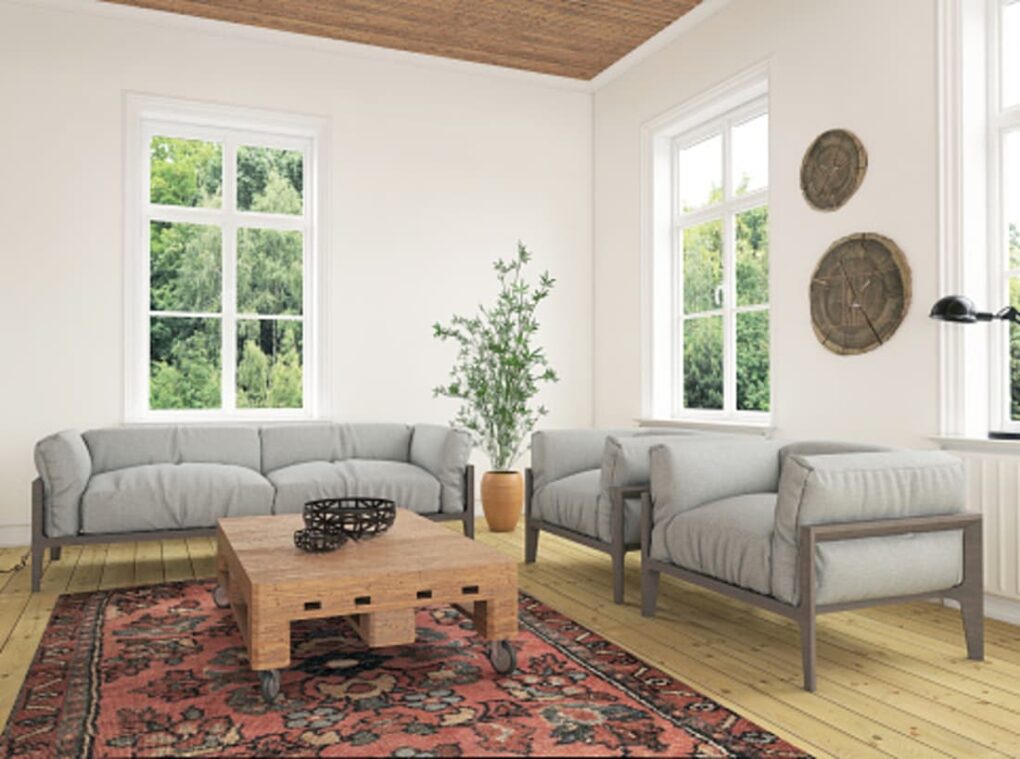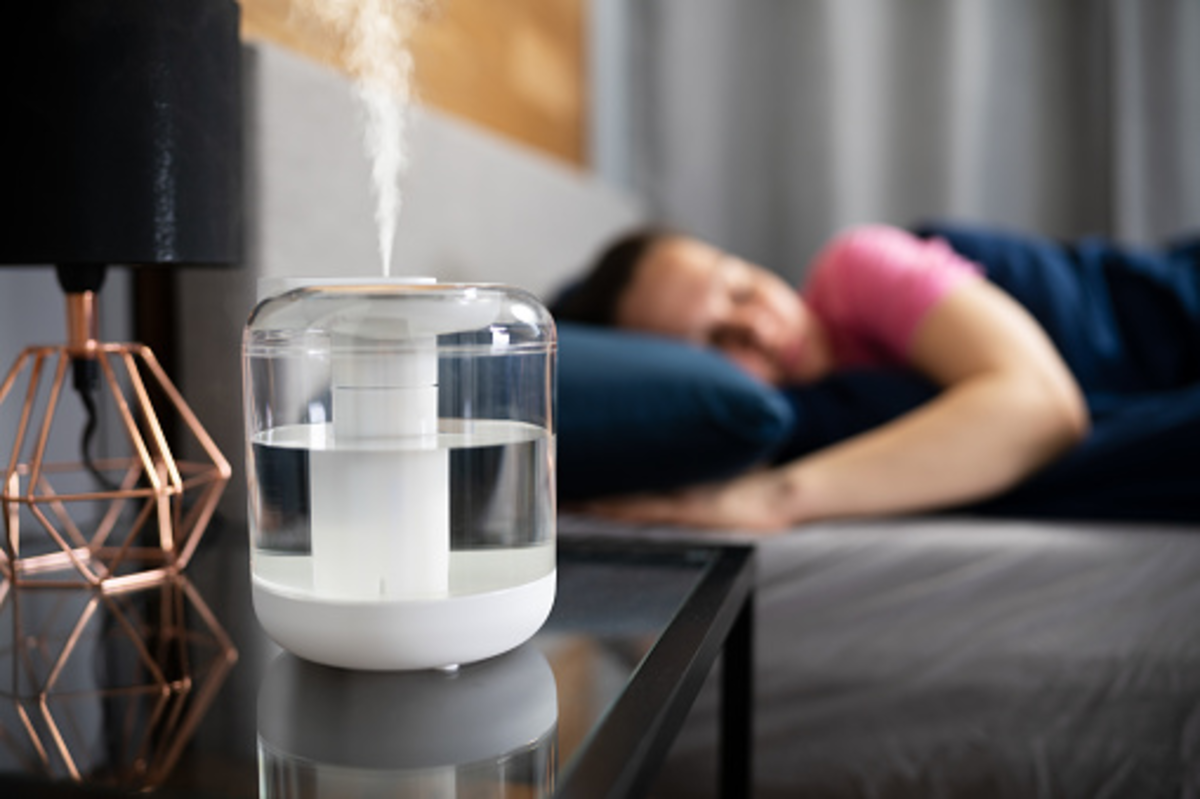Air pollution at home is one of the most common problems because of unhygienic practices. Air pollution occurs due to dust particles and gases from vehicle exhausts, factories, construction sites, etc.
When you breathe in such gases and inhale dust particles, they enter your bloodstream and affect your overall health. The air quality of a house can change if you let it stay unhealthy for longer periods.
Below are tips on ways you can minimize air pollution at home.
Buying Organic Food
Organic food is among the most effective ways to reduce your family’s carbon footprint. It’s also a great way to support local farmers and reduce your food miles. Organic food is grown without pesticides or chemical fertilizers, which harm humans and the environment.
Buying local produce from a farmer you know is another great way to reduce your family’s carbon footprint. Local produce will be fresher, meaning it hasn’t traveled as far and therefore uses less energy in transportation. When you buy locally-grown produce, you’re also supporting local farmers who need a steady income.
Getting An Indoor Air Purifier
Air purifiers are a popular way to reduce air pollution at home. Indoor air purifiers filter out the carbon dioxide, odors, and other pollutants produced by burning fossil fuels. These contaminants can harm your health and contribute to global warming.
The EPA recommends getting an indoor air purifier if you live in a polluted area or work in an office with a lot of smoke or dust. An air cleaner will make your home more comfortable and healthier for everyone there.
Here are some tips for choosing an indoor air purifier:
Choose one with HEPA filtration technology. This means that it will capture 99% of particles as small as 0.3 micrometers, which are the most dangerous pollutants in indoor environments. Most models also have carbon filters that remove odors from the air and flame sensors that detect any type of fire before it becomes dangerous.
Choose one with a high level of efficiency. Models with low-efficiency ratings have filters that need replacing more often than those with higher ratings, so they’re less effective overall. Models with high efficiencies can last longer between filter replacements, so they’re better for money over time.
Avoiding Chemicals In Cleaning Products
The first step in reducing air pollution at home is to avoid using unnecessary chemicals in cleaning products. It will minimize the toxic chemicals entering your home and the environment.
Use non-toxic cleaning products, such as all-natural vinegar or baking soda solutions, which are safe and natural alternatives to toxic cleaners. You can also use essential oils and vinegar instead of harsh detergents and scented candles to clean your house.

Avoiding Carpets And Rugs With Chemical Treatments
Carpets and rugs can be a major source of indoor air pollution, according to the Environmental Protection Agency (EPA). The dust and particles in carpets and rugs can settle on furniture and other surfaces and cause problems if they are not vacuumed frequently enough.
In addition, chemicals in the carpet itself may release harmful volatile organic compounds (VOCs) into the air during normal use.
To reduce these VOC sources, use non-toxic cleaners on your carpets and avoid toxic pesticides.
Stopping the Use of Toxic Paints in Your Home
Paint is a popular choice for home decorating, but it’s also a major source of indoor air pollution. Paint fumes are toxic and can irritate your eyes and throat, cause headaches, and make you dizzy. Painting with toxic paints is unnecessary and harmful to your health. Here are some steps you can take to minimize air pollution from painting:
Use non-toxic paint. Nontoxic paints come from natural or synthetic ingredients that don’t contain solvents, chemicals, or other harmful substances. They are safer for people and the environment because they don’t emit volatile organic compounds (VOCs), which can cause health problems such as nasal congestion, breathing difficulties, and headaches.
Don’t use spray paints. Spray paint is a common way of applying paint in homes today, but it emits fumes into the air every time you use it. No matter what paint you choose — liquid latex, acrylic, or oil-based — spraying produces VOCs that contribute to indoor air pollution. When you finish painting with a spray gun, open windows for at least 15 minutes before closing them because of fumes.
Using Unbleached Coffee Filters And Paper Towels
Unbleached filters and paper towels are both porous and absorbent so that they can trap odor-causing bacteria. To keep your home smelling fresh, use an unbleached paper towel to wipe down countertops and cooktop surfaces after cooking. You can also use an unbleached coffee filter to wipe the inside of the microwave when done.
Using Green Cleaning Products
Green cleaning products are all the rage these days due to their eco-friendly nature and ability to tackle tough stains without leaving behind any harsh chemicals or residue. If you want to avoid air pollution from your home regularly, try using green cleaning products instead of traditional ones like bleach or ammonia-based cleaners when dealing with messes throughout your space.
Purchasing air purifying plants
Plants are one of the most efficient and easiest ways of removing toxins from the air. You can plant air purifying plants such as neem, basil, ficus, and Epipremnum aureum near windows or doors to absorb stale air.
They also have natural insect repellent properties, which is beneficial when trying to minimize air pollution at home.
Do Not Burn Wood
Wood is a major source of air pollution, especially when burned in the fireplace or wood stove. Pollutants from burning wood enter the air, worsening your home’s air quality. If you can’t afford to replace your old-fashioned heating system with a more energy-efficient one, consider installing an air purifying plant instead.
Clean Regularly
Cleaning is one of the easiest ways to reduce air pollution. Regularly cleaning your home helps remove dust, dirt, and other debris that can lead to contaminated air quality. It also helps prevent mold growth, leading to various health problems.
If you cannot regularly clean because of physical limitations, talk with a professional specializing in air quality monitoring and testing. They’ll help determine what you need to do on an ongoing basis so your home doesn’t become a source of harmful toxins for yourself or your family.
Stay Safe!
These simple steps can help you minimize your home’s pollution level and, hopefully, lead a healthier lifestyle. And it all starts with pinpointing the dangers of household pollution from the comforts of your home.


